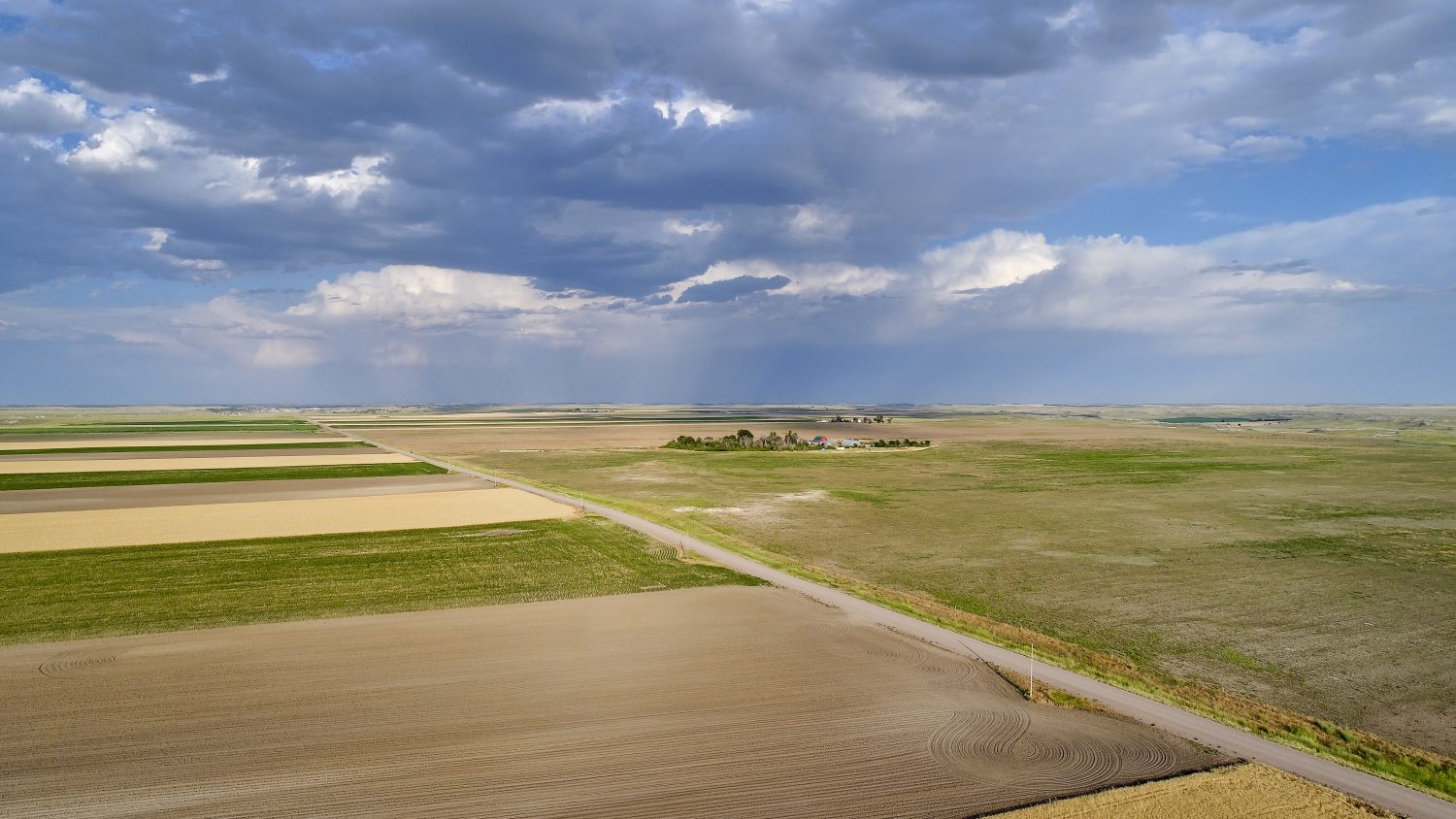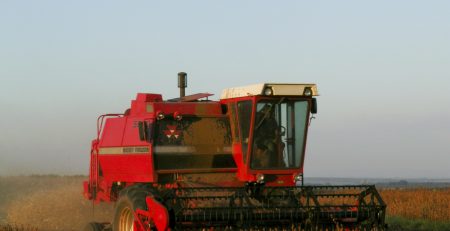Plan Now to Terminate Cover Crops
Cover crops provide a variety of benefits, but if you don’t terminate them well they can limit your cash crop’s success. Because there is more than one way to get the job done, be sure to consider your options. The three methods used for termination are herbicide, tillage or rolling/crimping, according to Iowa State University.
Herbicide Selection
Before selecting a herbicide, consider your cover crop type and plant growth stage. Both can impact the herbicide’s success, suggests Iowa State University (ISU) research.
Some crop species are easier to kill than others. Winter wheat, annual ryegrass and red clover have a dense canopy and mature rapidly—which can cause herbicide failure.
Determine whether to use a contact or translocating herbicide. Contact herbicides require thorough coverage to kill plants. Translocating herbicides don’t require as much coverage since they can move and attack the growing point of the plant. In all cases, apply label rates.
To Till Or Not
Tillage can be a good alternative for farmers who don’t want to use herbicides. It’s also an option for when Mother Nature delivers cool, wet conditions that hamper application or minimize herbicide uptake by plants. Plus, in the process of destroying a cover crop, tillage can integrate the biomass into soils and prepare the seedbed.
However, the USDA Natural Resources Conservation Service (NRCS) is asking farmers to rethink using tillage as a termination method, says Barb Stewart, ISU agronomist with NRCS. She says wet conditions often cause compaction and soil structure damage when farmers choose tillage over herbicides.
Rolling/Crimping
Rolling or crimping cover crops can deliver benefits beyond just termination. For instance, tall cover crops can shade cash crops, so rolling the covers could reduce competition for sunlight.
ISU researchers explain your cover crop dictates whether rolling or crimping will work. For instance, cereal rye (after it has shed pollen), hairy vetch (at full bloom), barley and triticale are good candidates for rolling.
However, if you have a cover crop mix, consider using a different termination method. The reason is with multiple crop species in the field you are addressing different growth stages at the same time and might secure only partial termination.
This article was first published on https://www.qtwebhostdemo.com.











